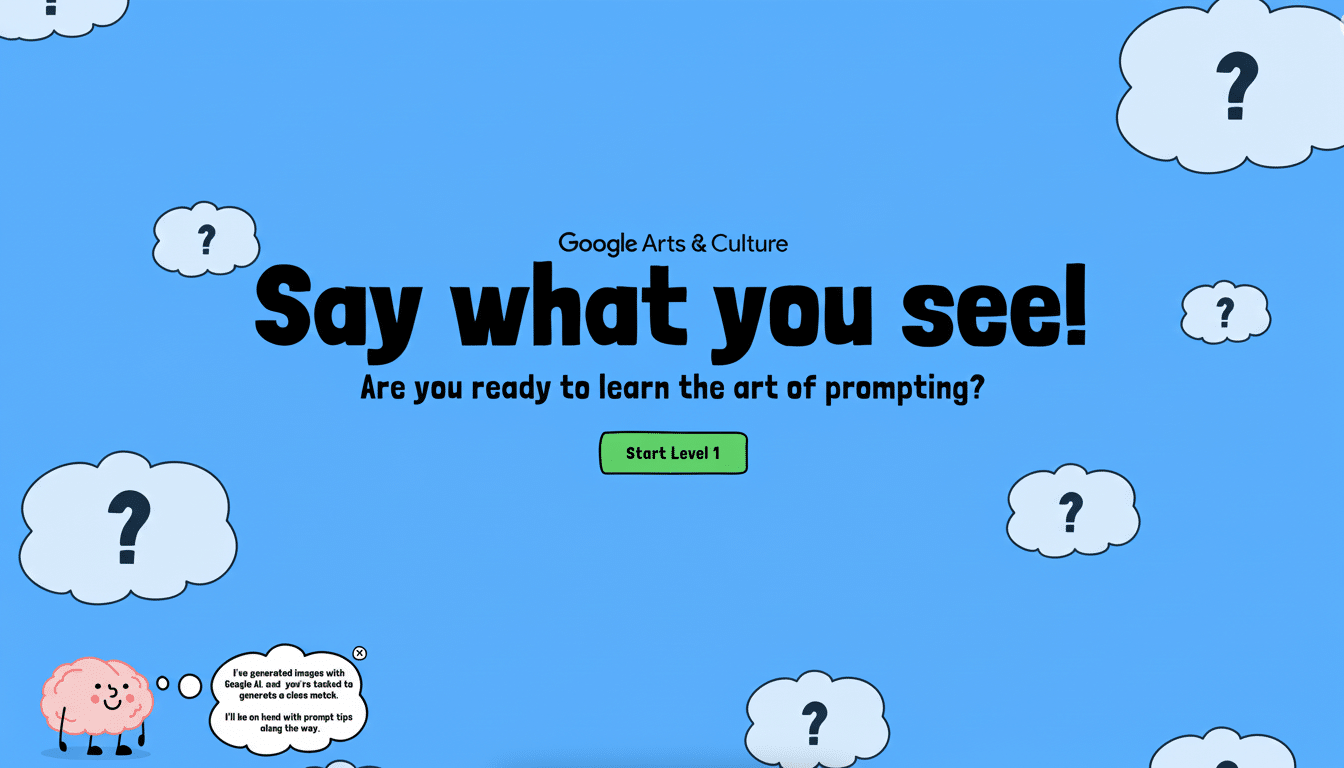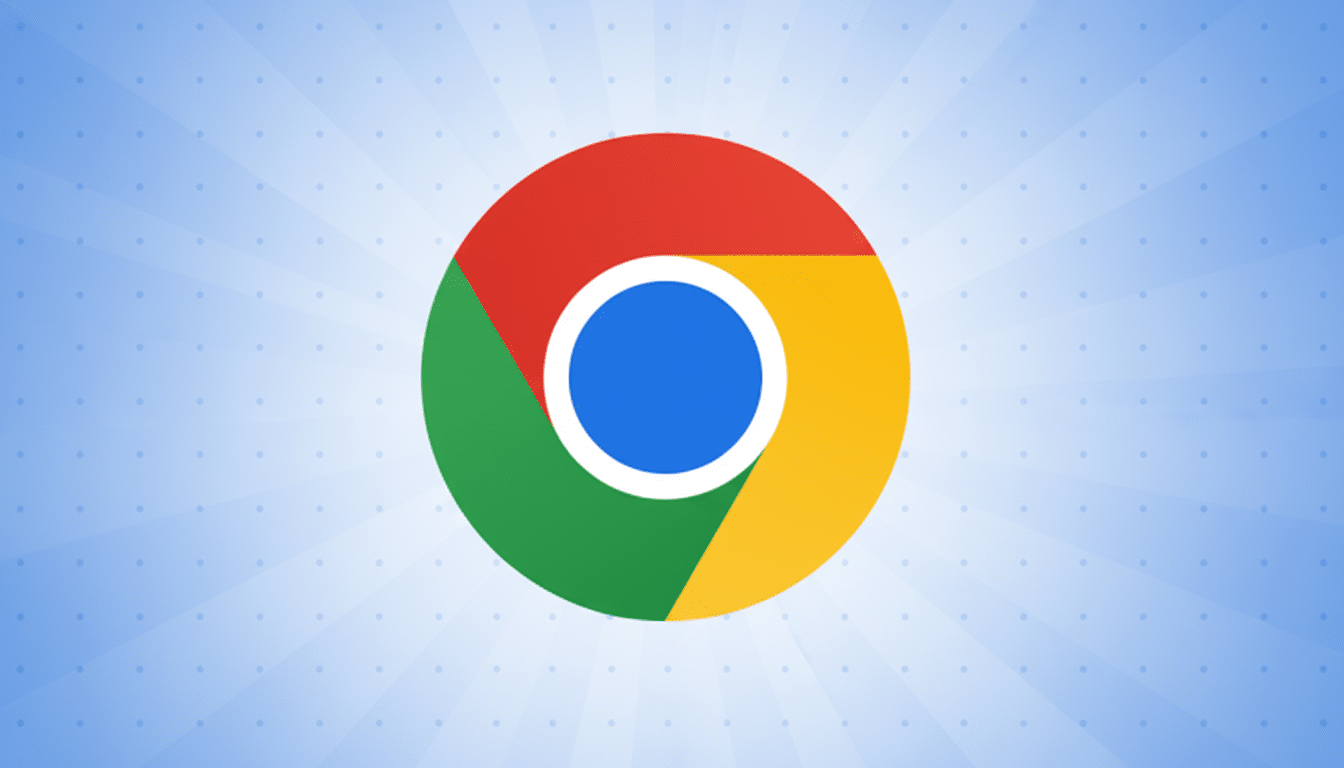Google is experimenting with a built-in AI image generator in Chrome for Android, giving users the ability to create art directly from the address bar without the need to leave the browser. The test, appearing in the Canary channel, puts a “Create image” item behind the plus icon of the omnibox and delivers results inline with quick-download and share controls.
How the Feature Works on Android’s Chrome Omnibox
Launch Chrome Canary for Android, tap into the address bar and hit the plus sign to bring up options including Camera, Gallery, Files, AI Mode and Create image. Tap the Create image button and a small chip appears on a prompt line below the omnibox. The model then spits out images right on the page, accompanied by a notice that AI-generated output might be wrong. One tap saves the file to your device; another shares it to chat apps or email, without having to toggle over to a different tab or app.
- How the Feature Works on Android’s Chrome Omnibox
- From Desktop to Mobile: Chrome’s AI Image Tool Rollout
- Why the address bar is important for AI image creation
- What powers Nano Banana, the Chrome image tool codename
- Rivals and real uses for Chrome’s address-bar image maker
- Availability on Chrome Canary and what’s likely coming next

So far, in practice, it’s been fast and right for quick creatives: think “a neon skyline in watercolor,” “a minimal avocado icon,” or “a cozy living-room mockup for a mood board.” By putting generation inside the omnibox, Chrome cuts friction — no need to go to a different AI site, log in there, and juggle file exports.
From Desktop to Mobile: Chrome’s AI Image Tool Rollout
The feature first showed up on desktop Chrome Canary, where a shortcut to an AI chip was added to the new tab page. Now it’s coming to Android with a mobile-first flow flawlessly suited for the address bar. Early sightings from independent testers and coverage by Windows Report indicate the pace at which Google is iterating its work on both platforms, pointing to a more unified approach for how AI tools appear within Chrome no matter the device.
Why the address bar is important for AI image creation
For years, the omnibox has been Chrome’s command center — address bar and search field, actions and now creation. Adding image generation there is a strategic improvement: It collapses the gap between an idea and something you can work with. That has real-world implications for students piecing together a slide presentation, sellers concocting perfect listing photos or creators cooking up a thumbnail on the run.
Chrome is by far the leader in browser share globally, with about 64% of web viewing and mobile accounting for about 59% of worldwide web traffic (according to StatCounter). If a fraction of those users attempt on-the-fly image prompts from their address bar, this could quickly become one of the internet’s most-used casual image tools on the planet — especially for quick-and-dirty visuals.
What powers Nano Banana, the Chrome image tool codename
Google has codenamed the feature “Nano Banana,” though it’s unlikely to be released under that moniker. The “Nano” hint casts a shadow on device capability support, especially considering Google’s wider Gemini range which includes a small-footprint Gemini Nano model for phones. Still, these early browser experiments tend to stall with server-side processing long before any on-device options appear, so it may be too soon to say everything is local.

Performance and privacy will be the focus. Generating on-device would reduce latency and help keep prompts private, while cloud generation can provide more accurate results and faster iteration for a larger number of styles. Google has been open about investment in safety layers for AI imagery, like SynthID watermarking. Expect some kind of provenance tagging to develop as this feature matures.
Rivals and real uses for Chrome’s address-bar image maker
The shift in Chrome follows a broader trend among browsers. Edge has image creation built into its sidebar, and Opera itself jumped on the AI-assistant-with-creative-tools bandwagon. The only unusual thing is the location: the address bar is a browser’s most tapped surface. That closeness could mean standardizing spur-of-the-moment requests for common needs — say, storyboarding, social stickers or ad mockups — or swapping out the background behind a product shot.
A user could, for instance, type “flat lay product photo on light marble” and immediately try out variations for an online catalog as a small business owner. A teacher could ask for “cartoon water cycle diagram,” download the output and use it in classroom materials within seconds.
Availability on Chrome Canary and what’s likely coming next
It’s currently buried within Chrome Canary on Android and, like all things Canary, could come or go at any time and also slip behind feature flags as Google tunes quality and safety. If we ignore the rolling trend of Chrome and somehow assume such would continue, those stabilized variants may move up to Dev and Beta before ultimately arriving in all Stable builds everywhere.
Watch Chrome’s release notes and the browser’s AI Mode for deeper integration with Gemini features. Judging by Google’s pace in 2019, you can expect to see iterative improvements — improved prompt handling, style presets and more clearly disclosed information about how images are generated and watermarked — as it inches toward a broader launch. For now, though, the omnibox appears to be more than just a search box — it’s becoming a canvas.

